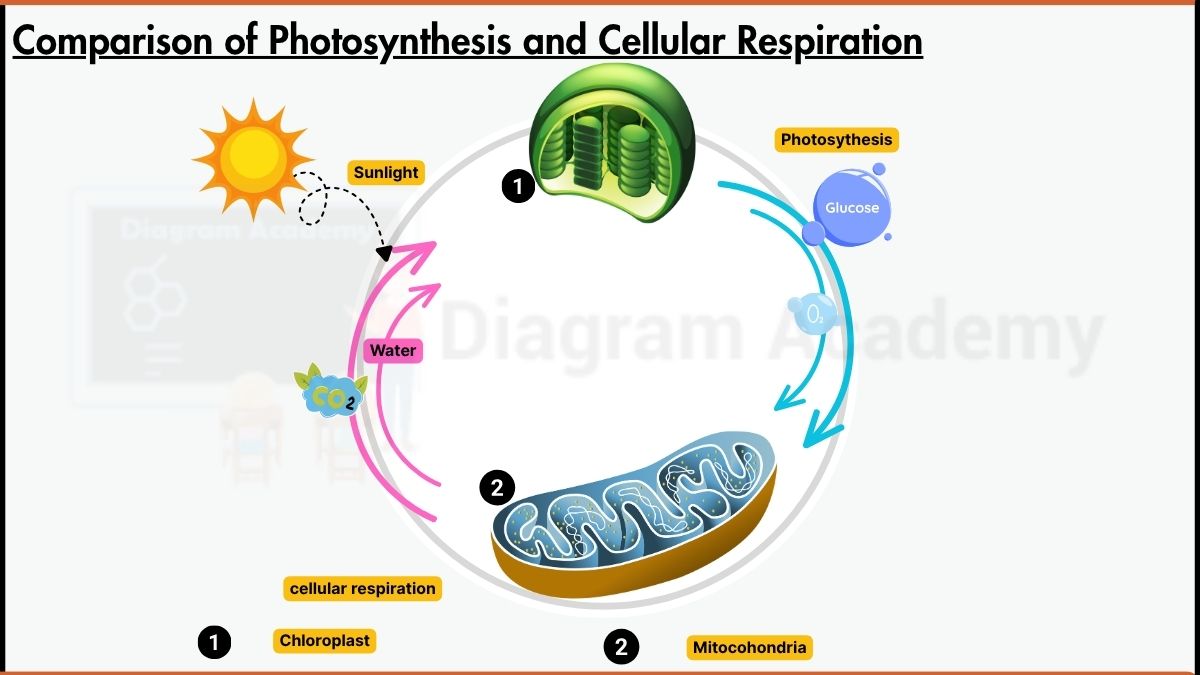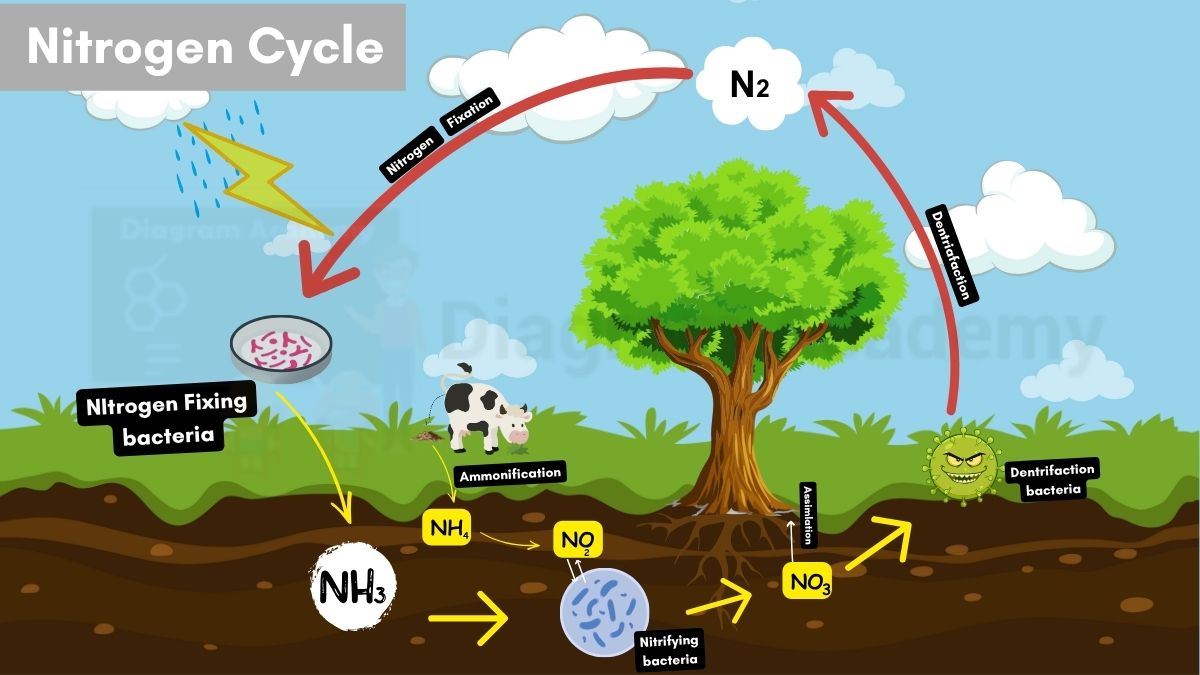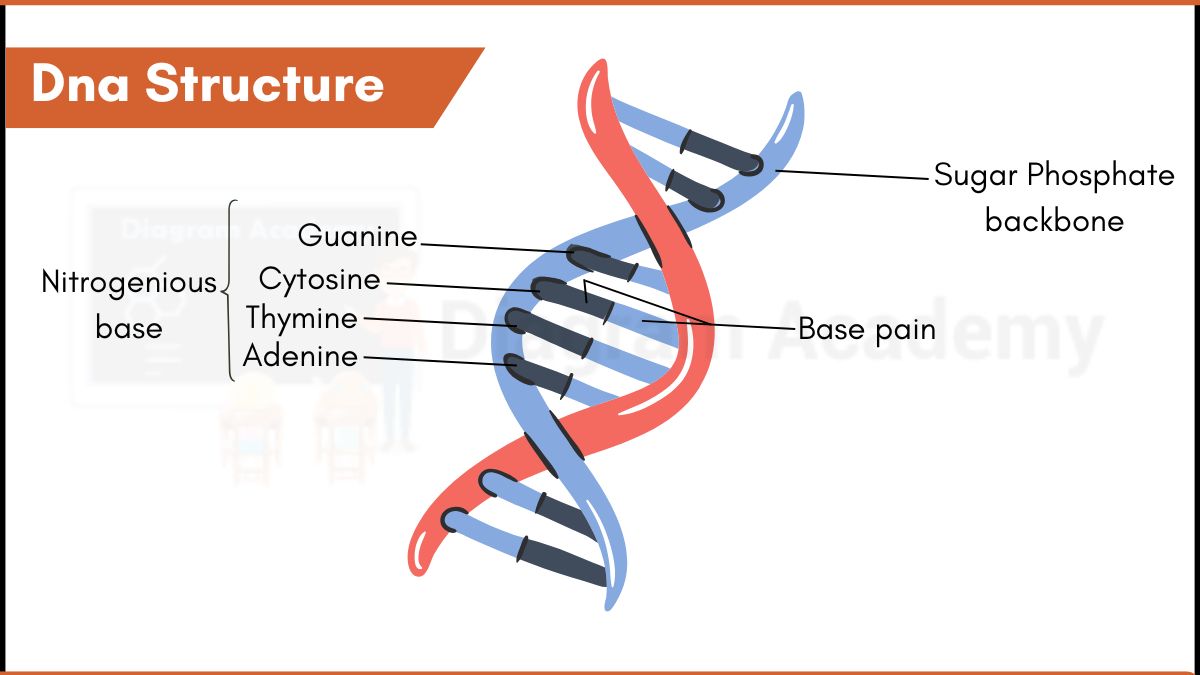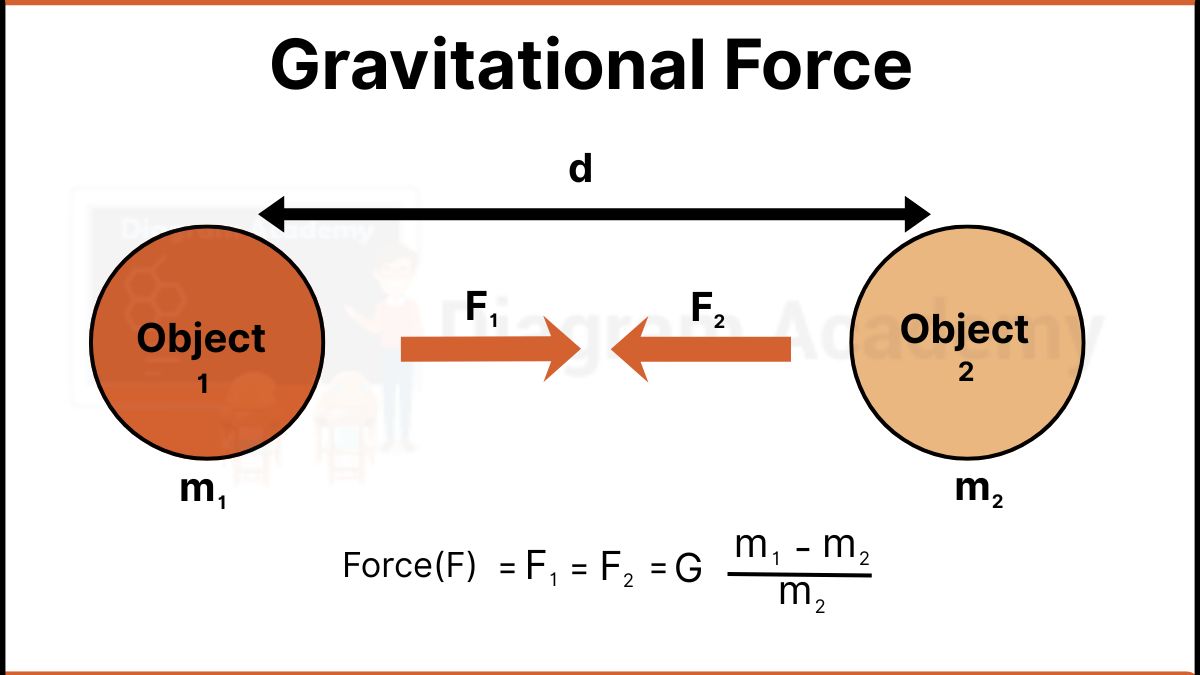label the photosynthesis process diagram
The diagram shows how photosynthesis takes place inside a green leaf. At the top, sunlight is shown shining onto the leaf, indicating that light energy is the main source that powers the process. Arrows point toward the leaf showing carbon dioxide (CO₂) entering through tiny openings called stomata, while water (H₂O) is shown moving upward from the roots through the stem into the leaf.
Inside the leaf, the diagram highlights chloroplasts, the organelles where the chemical reactions of photosynthesis occur. These chloroplasts contain the green pigment chlorophyll, which captures sunlight. Another set of arrows points outward from the leaf, showing oxygen (O₂) being released back into the atmosphere as a by-product. The diagram also indicates the formation of glucose (C₆H₁₂O₆) inside the plant, which is used for energy, growth, and storage.
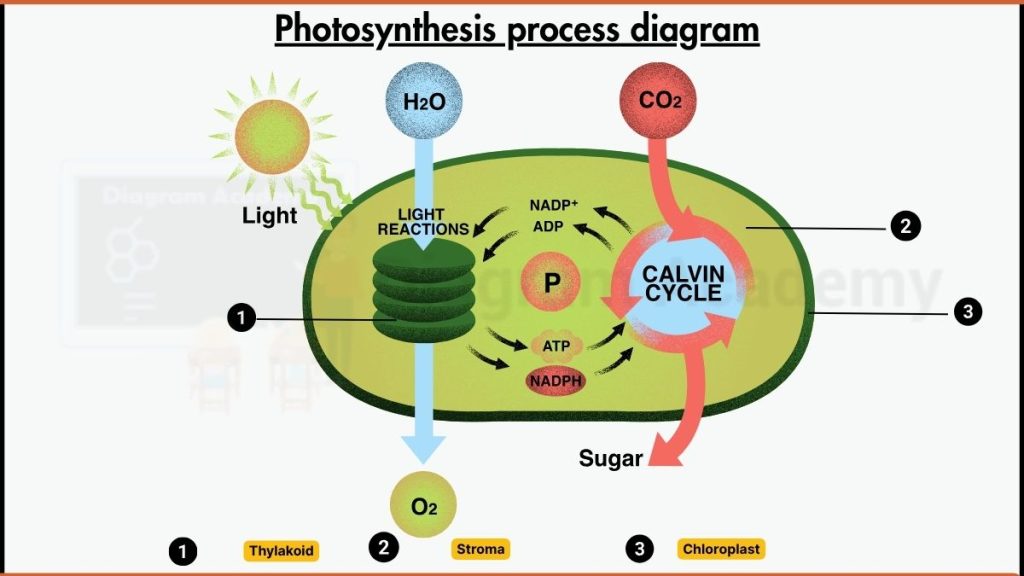
FAQs – Photosynthesis
Q1. What is photosynthesis?
Photosynthesis is the process in which plants use sunlight, carbon dioxide, and water to make food (glucose) and release oxygen.
Q2. Where does photosynthesis happen?
It takes place in the chloroplasts of plant cells, mainly inside the leaves.
Q3. Why is photosynthesis important?
It produces oxygen and provides food energy for plants, supporting all life on Earth.
Q4. What do plants need for photosynthesis?
Plants need sunlight, water, carbon dioxide, and chlorophyll.
Q5. What are the products of photosynthesis?
Glucose (food) and oxygen are the main products.
Q6. When does the light reaction occur?
It happens only in the presence of sunlight.
Q7. What is released as a by-product?
Oxygen is released into the atmosphere.


